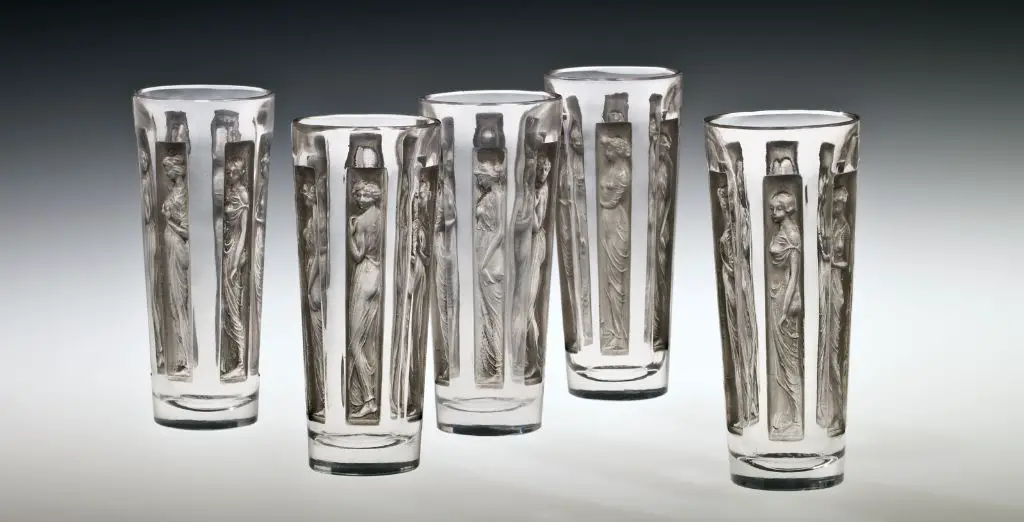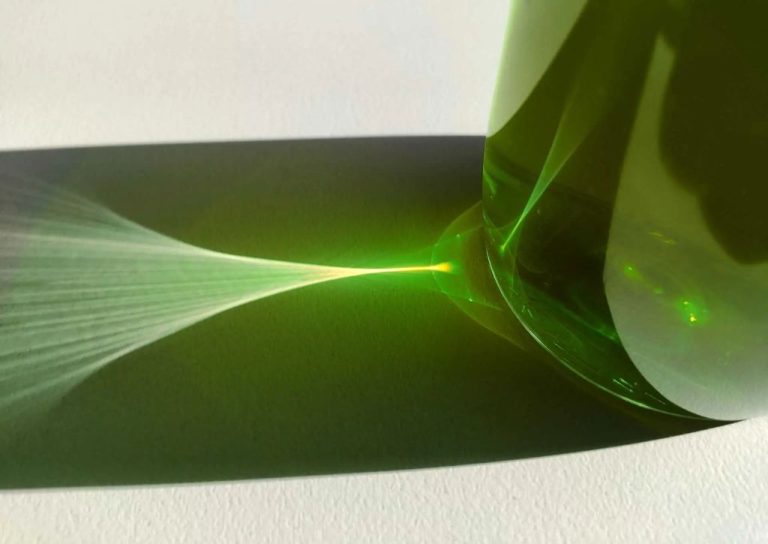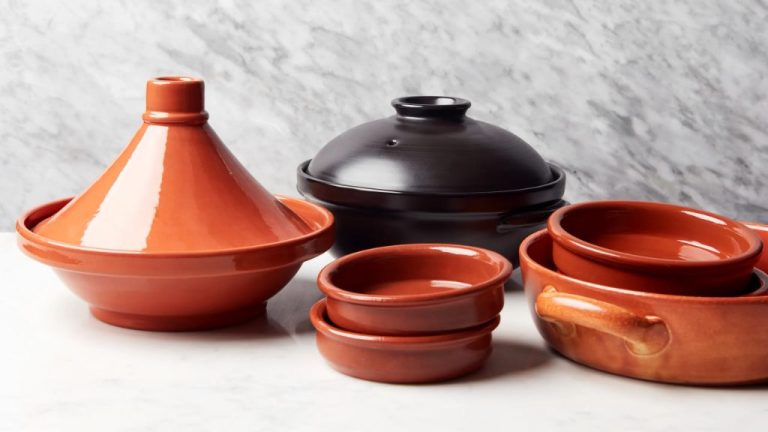Who Is The Artist That Paints On Glass?
Glass painting is the art of painting images and designs on glass. It is an ancient art form that has been practiced for centuries across many cultures. Some of the earliest examples of glass painting come from ancient Rome, China, and the Middle East. Stained glass windows with religious imagery became especially prominent in medieval Europe and can still be seen in many old European churches today.
The exact origins of glass painting are unclear, but examples have been found dating back over 2000 years. Some historians believe it originated as an offshoot of mural painting and pottery decoration. Early glass paints were made with metallic oxides that could be fused to the glass surface. By the Middle Ages, stained glass window painting flourished across Europe, incorporating rich iconography and Biblical stories.
Over the centuries, glass painting techniques evolved from fusing paints to the glass to newer methods like reverse painting and acrylic painting on glass. Today it remains a popular folk art and craft in many parts of the world. From decorative windows and vases to mirrors, lamps, and more, glass painting allows artists and hobbyists to turn glass into a unique canvas for creativity.
Prominent Glass Painting Techniques
There are several prominent techniques used in glass painting art. Some of the most popular include:
Reverse Painting on Glass
Reverse painting on glass, or verre églomisé, involves painting a design on the backside of a pane of glass to create a finished work that is viewed from the front. The artist starts by creating an outline of the design on the reverse side of the glass using an oil-based paint or enamel. Details are then filled in using paint colors that are built up with several layers. Thin layers create transparent effects while thicker layers result in more opaque effects. This technique allows the artist to create very fine details and shading effects. According to the Homedit article, reverse painting results in rich, brilliant colors.1
Glass Engraving
Glass engraving involves using specialized wheels or tools to cut into the surface of glass to create details and textures. The engraving removes thin layers of the glass to reveal lighter color underneath. Intricate patterns, lines, and textures can be achieved with this technique. Glass engraving requires specialty grinding and cutting tools as well as polishing compounds to refine the engraved areas.
Glass Etching
Glass etching uses chemicals to cut into the glass surface. The glass is coated with an acid-resistant material, and then the design is traced through the coating. When acid is applied, it eats away at the exposed glass while the coated areas remain protected. This results in matte textures and translucent effects. Glass etching allows creating fine details and shading in designs. Everything Stained Glass recommends using an etching cream for predictable results when glass etching.2
Stained Glass
Traditional stained glass involves arranging pieces of colored glass and joining them with came leads. The glass pieces are cut to shape and then painted details are added using special glass paints that fuse to the surface when fired in a kiln. This creates colorful transparent designs. Multiple layers and textures can be built up with the glass paints. Stained glass requires glass cutting tools as well as a kiln to fuse the paints.
Notable Glass Painters Through History
Glass painting has a long and rich history, with talented artists advancing the art form over centuries. Some of the most influential glass painters through history include:
The early pioneers of glass painting include Henri Cros and Thomas Webb, who in the mid 19th century developed many of the techniques still used today. Their enamel painted art glass pieces were highly sought after.

French artist René Lalique (1860-1945) was one of the most renowned Art Nouveau glassmakers and glass artists. He created unique glass objects and jewelry featuring innovative techniques like pressed glass, acid etching, and lost-wax casting (source).
Louis Comfort Tiffany (1848-1933) was famous for developing the opalescent style of stained glass, as well as his lamps. His innovation helped establish glass as a medium for serious artistic expression.
The influential Harvey Littleton (1922-2013) is considered the founder of the American Studio Glass Movement. He demonstrated that glass could be worked in small studios and helped launch many notable careers (source).
Contemporary masters like Dale Chihuly, Lino Tagliapietra, and Toots Zynsky have continued to expand the possibilities of glass as an artistic medium over recent decades.
Contemporary Glass Painters
Among today’s most celebrated glass painters are artists creating innovative works that push the boundaries of the medium.
British artist Clare Belfrage creates vividly colored glass paintings exploring themes of the natural world. She builds up layers of paint, foil, and glass to produce resonant abstract compositions reminiscent of lichens, fungi, and corals. Her works are displayed at venues like London’s Victoria and Albert Museum.
American painter Katherine Gray produces exquisite glass paintings of botanical subjects, from single stems to elaborate bouquets. She employs the centuries-old technique of reverse-painting on glass, rendering her subjects in meticulous detail. Her contemporary glass paintings offer a contemporary twist on the botanical works of the 16th-18th centuries.
Costa Rican artist Juli Bolaños-Durman is known for her vibrant, playful glass sculptures and paintings. She often incorporates found objects into her mixed media works, arranging glass, plastic, metals, and found materials into imaginative assemblages. Her artworks explore themes of nature, science, and technology with a sense of humor and experimentation.
The Process of Painting on Glass
Painting on glass requires careful preparation and technique to achieve the best results. Here is an overview of the step-by-step process:
First, make sure the glass is clean by washing it with warm, soapy water and drying thoroughly (https://www.gathered.how/arts-crafts/a-beginners-guide-to-glass-painting). To help the paint adhere, you can lightly scuff the surface with fine sandpaper or rubbing alcohol.
Next, sketch out your design lightly in pencil on the reverse side of the glass so you can see the outline from the front. Plan how you will layer different elements and colors.
Most artists use specialized glass paints such as acrylic enamels or glass enamels. Apply an even base layer of paint with a soft brush, following your sketch (https://modpodgerocksblog.com/painting-glass/). Let this dry fully before adding additional layers.
Build up colors with thin, transparent layers, letting each dry in between. Thicker layers will crack or chip. Once satisfied, let the finished piece dry completely.
Finally, cure the paint by baking the glass following manufacturer instructions, typically around 350°F for 30 minutes. This helps fuse the paint to the glass. After baking, allow the glass to fully cool before handling.
With the right materials and care, glass provides a unique, translucent canvas for painting intricate designs and vibrant colors that come alive when light shines through.
Tools and Materials for Glass Painting
Glass painting requires a specific set of tools and materials in order to create stunning works of art. Selecting quality supplies is key for any glass painter. Here are some of the essential items needed:
Paintbrushes are one of the most vital supplies. Synthetic bristle brushes with tapered tips specifically made for painting on glass are ideal. These allow for precise strokes and details. Acrylic paintbrushes designed for canvas painting are too soft for the slick surface of glass.
High quality acrylic paints give the best coverage and vibrancy on glass. Liquitex and Americana brands offer paints formulated not to peel or fade even when baked onto glass. Choose opaque paints as well as transparent ones for different effects. Metallic paints add shine and dimension.
Clear glass sheets in the desired shapes and sizes serve as the painting surface. Thinner window glass or thicker picture frame glass both work. Smooth edges are safer and easier to handle. Glass etching cream provides texture if desired prior to painting.
Other useful supplies include paint palettes, containers for water, paper towels, graphite pencils for sketches, masking tape, and specialty rubbing alcohol for smoothing out the paint between layers. Appropriate sealers help protect finished glass artwork. With quality tools and materials, glass painters can create vivid custom pieces.
(Source: https://wherecreativityworks.com/materials-i-use-for-glass-painting/)
Subjects and Themes in Glass Painting
Glass painting encompasses a wide range of subjects and themes that artists have explored over the centuries. Some of the most common motifs and imagery found in glass paintings include:
Nature scenes – Depictions of landscapes, flowers, animals, and other elements of the natural world have historically been very popular in glass painting. Stained glass windows in medieval cathedrals often featured detailed botanical designs.
Religious themes – Biblical stories, saints, angels, and other Christian imagery feature prominently in European and colonial American glass painting traditions. Scenes from Hindu mythology are also common in Indian glass paintings.
Abstract and geometric designs – Many contemporary glass artists use the medium to create colorful, abstract paintings with geometric shapes and patterns. These types of designs take advantage of the transparency of glass.
Portraiture – While less common than other subjects, portrait painting on glass gained popularity in the late 18th century. American folk artists like Ammi Phillips created primitive figural works.
Narrative vignettes – Glass paintings often depict scenes that tell a story, such as medieval motifs showing the life of Christ. Traditional Indian glass paintings also frequently feature narrative religious, folkloric, or literary vignettes.
Decorative motifs – Ornamental patterns and motifs like flowers, vines, scrollwork, and medallions are commonly incorporated into glass art and windows to embellish surfaces and frames.
As glass painting has evolved over centuries, artists have continually explored new themes and innovative ways of working with this luminous medium.
References:
https://www.classpop.com/magazine/glass-painting-ideas,
https://www.pinterest.com/SugareeGlass/glass-art-music-theme/
Notable Glass Painting Galleries and Exhibitions
There are several major institutions around the world that display significant collections of glass paintings and host notable exhibitions showcasing the artform. Two of the most prominent galleries in the United States include:
The Corning Museum of Glass in Corning, New York houses over 50,000 glass objects spanning 3,500 years of history. Their collection includes ancient Egyptian and Roman glass, Renaissance Venetian glass, Victorian glass, Art Nouveau glass, and contemporary art glass. They periodically feature exhibitions focused on glass paintings such as their 2017 show “Painting in Glass: American Glass Watercolors” that exhibited 19th century reverse-painted works next to modern glass paintings (https://whatson.cmog.org/exhibitions-galleries).
The Museum of Glass in Tacoma, Washington has a 7,000 square foot exhibition space dedicated to showcasing innovative glass art. They’ve hosted major shows like “Painting with Glass: Contemporary Reverse Painting on Glass” in 2015 that included over 50 contemporary reverse glass paintings (https://www.mnglassart.org/exhibitions).
There are also private galleries like Habatat Galleries which has locations in Michigan, Florida, and Rhode Island. They represent over 50 international glass artists and regularly hold solo and group exhibitions focused exclusively on painted glass works.
Major international museums like the Victoria and Albert Museum in London and the Hermitage Museum in Saint Petersburg also have significant glass painting collections and artifacts on display.
Preserving and Maintaining Glass Paintings
Proper handling, display, cleaning and storage are key to preserving glass paintings.
When handling glass paintings, always wear clean cotton or rubber gloves to prevent skin oils and dirt from transferring onto the glass. Pick up the painting carefully by the edges or frame to avoid touching the painted surface. Glass is fragile, so handle pieces gently and avoid any bumps or shocks.
For displaying glass art, choose locations away from direct sunlight, which can cause fading over time. Avoid hanging near heating or cooling vents as fluctuations in temperature and humidity can damage the paint. Wall-mounted pieces should be hung securely, allowing the glass space to expand and contract. Lean smaller pieces against bookends or platforms to prevent slipping.
To clean glass paintings, use a soft lint-free cloth dampened with lukewarm water and a small amount of mild dish soap, according to Pixarts. Gently wipe the surface without scrubbing, then pat dry with another lint-free cloth. Avoid chemical cleaners, abrasives or excessive moisture which could damage the paint. Spot clean stubborn dirt carefully.
For storage, wrap glass art in acid-free tissue paper and place upright in protective boxes with dividers, cushioning the edges and corners. Maintain storage areas at a stable, moderate temperature away from humidity. Inspect stored pieces periodically for any developing cracks or paint issues.
With proper care in handling, displaying, cleaning and storage, glass paintings can be preserved for many years of enjoyment.
The Legacy and Significance of Glass Painting
Glass painting holds a unique place in the world of art. Unlike canvas or paper, glass provides a smooth, translucent surface for artists to create glowing works that come alive when light shines through them. The vivid colors and intricate details painted on glass have an unparalleled luminous quality.
As an art form, glass painting dates back centuries, with early examples found in ancient Rome and Egypt. Over time, distinctive regional styles developed in places like India, China, and Mexico. The 19th century saw a revival in Europe and America, with artists like Louis Comfort Tiffany creating signature stained glass pieces. Today, glass painting is practiced worldwide by artists upholding traditional techniques as well as those experimenting with modern styles.
Glass painting has had an undeniable impact on the art world. Works by renowned glass artists are displayed in major museums and galleries. Contemporary artists like Dale Chihuly have helped elevate the craft to fine art status. As a multifaceted medium, glass continues to be reshaped into innovative forms from sculptural installations to abstract wall panels. With its light-transmitting abilities, painted glass remains unmatched in its ability to interact with light and space.
Looking ahead, glass painting traditions will likely be preserved through dedicated artists and apprenticeship programs. The medium also holds exciting potential if leveraged by both fine artists and designers. As new technologies emerge around glass and paint materials, artists have an expanded palette for future masterpieces. What began centuries ago as decorative church windows lives on as a dynamic, versatile art form.
According to D’source, “Glass art amplifies its beauty when the light passes through it. Painting is been a mode of expression and creativity. Glass is one of the best mediums which gives life to the paintings.” https://www.dsource.in/resource/glass-painting-vellore/introduction




